Table Of Content
- Understanding Backpack Sizing
- Factors to Consider When Choosing a Backpack Size
- Importance of Proper Backpack Fit
- How to Measure Your Torso Length for Backpack Sizing
- Choosing the Best Backpack Size for Your Needs
- Tips for Trying On and Adjusting a Backpack
- Common Mistakes to Avoid When Selecting a Backpack Size
- Factors to Consider When Choosing a Backpack Size
- Activity Type and Duration
- Comfort and Fit
- Weight Distribution
- Storage Needs
- Importance of Proper Backpack Fit
- Preventing Discomfort and Pain
- Efficient Weight Distribution
- Stability and Balance
- Maximizing Comfort
- Boosting Confidence
- Enhancing Safety
- How to Measure Your Torso Length for Backpack Sizing
- Gather Your Tools
- Steps to Measure Your Torso Length
- Why Does Torso Length Matter?
- Common Mistakes to Avoid
- Choosing the Best Backpack Size for Your Needs
- Understanding Backpack Sizing
- Factors to Consider When Choosing a Backpack Size
- Importance of Proper Backpack Fit
- How to Measure Your Torso Length for Backpack Sizing
- Tips for Trying On and Adjusting a Backpack
- Common Mistakes to Avoid When Selecting a Backpack Size
- Tips for Trying On and Adjusting a Backpack
- Load the Backpack
- Strap Adjustment
- Weight Distribution
- Torso Length
- Walk Around
- Make Adjustments
- Common Mistakes to Avoid When Selecting a Backpack Size
- Ignoring Your Torso Length
- Overlooking Adjustability Features
- Opting for the Wrong Volume Capacity
- Not Consulting a Backpack Sizing Guide
- Focusing Solely on Aesthetics
- Prioritizing Price Over Fit
- Frequently Asked Questions (FAQs)
As a seasoned outdoor enthusiast, one crucial aspect of your camping adventures is selecting the perfect backpack size to accompany you on your journeys. The right backpack size can make or break your outdoor experience, ensuring comfort, convenience, and efficiency while on the go. This comprehensive guide will delve into the intricate details of choosing the best backpack size.
When selecting the ideal backpack, one size does not fit all. Factors such as torso length, hip size, and overall capacity significantly determine the best backpack fit for you. Understanding these key elements is essential in ensuring your backpack enhances your camping experience rather than hindering it.
Whether embarking on a short weekend hike or a multi-day backcountry expedition, having a backpack that fits you ideally is paramount. It will distribute weight evenly, reduce strain on your body, and allow you to move freely and comfortably through varied terrains. So, let’s explore the importance of backpack sizing and how to find the best fit for your outdoor excursions.
Join us on this expedition through the world of backpack sizing as we unravel the mysteries of finding the perfect fit for your outdoor escapades. With the proper knowledge and guidance, you can ensure that your backpack becomes a trusted companion, carrying not just your gear but also your dreams and aspirations in the great outdoors.

Understanding Backpack Sizing
Choosing the right backpack size can make or break your camping trip. Backpacks are like shoes – they must fit just right for maximum comfort and functionality. So, how do you ensure the best backpack size for your needs? Let’s dive in!
Factors to Consider When Choosing a Backpack Size
- Load Capacity: Consider the duration of your trip and the gear you’ll need to carry.
- Torso Length: Proper fit ensures weight distribution and prevents back strain.
- Body Size: Choose a backpack that matches your body frame.
Importance of Proper Backpack Fit
Imagine carrying a heavy load in a backpack that doesn’t fit well. Back pain, shoulder strain, and an uncomfortable journey await. But with the right fit, it’s like walking on clouds – comfortable and effortless!
How to Measure Your Torso Length for Backpack Sizing
- Stand straight with your head facing forward, looking ahead.
- Measure from your C7 vertebra (the bone that sticks out at the base of your neck) to the top of your iliac crest (the top of your hip bones).
- This measurement helps determine the right backpack size for your torso length.
Choosing the Best Backpack Size for Your Needs
Refer to the manufacturer’s sizing guide with your torso length in hand. Ensure the backpack’s hip belt rests comfortably on your hips, with the shoulder straps snug but not too tight. Remember, the best backpack is one that fits like a glove!
Tips for Trying On and Adjusting a Backpack
- Load the backpack with weight to simulate actual hiking conditions.
- Adjust the shoulder straps, hip belt, and sternum strap for a secure fit.
- Walk around and test different adjustments until you find the most comfortable fit.
Common Mistakes to Avoid When Selecting a Backpack Size
Avoid the pitfalls of buying a backpack that’s too big or too small. Due to limited room, don’t compromise comfort for extra space or sacrifice gear. Choose wisely for a seamless camping experience!

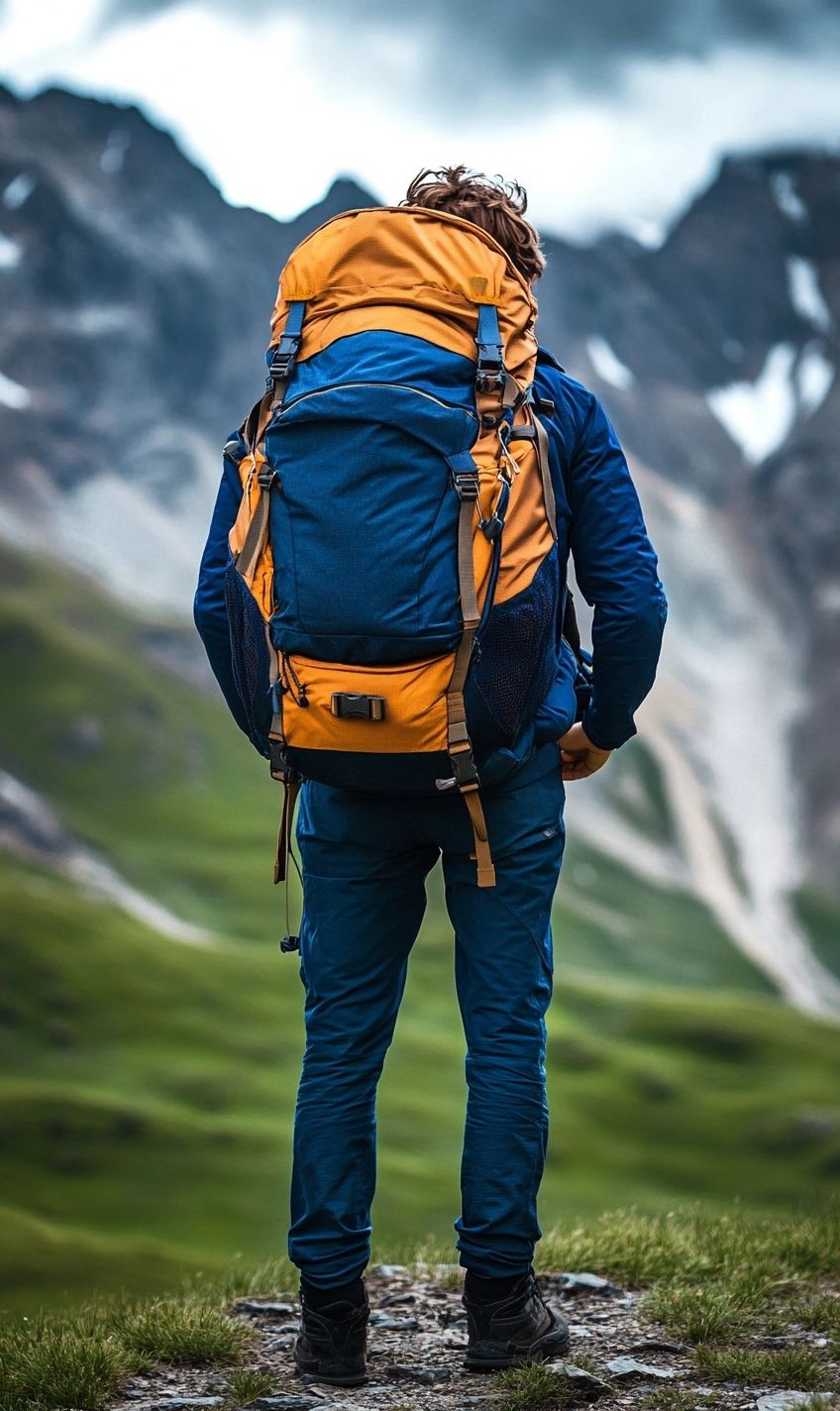
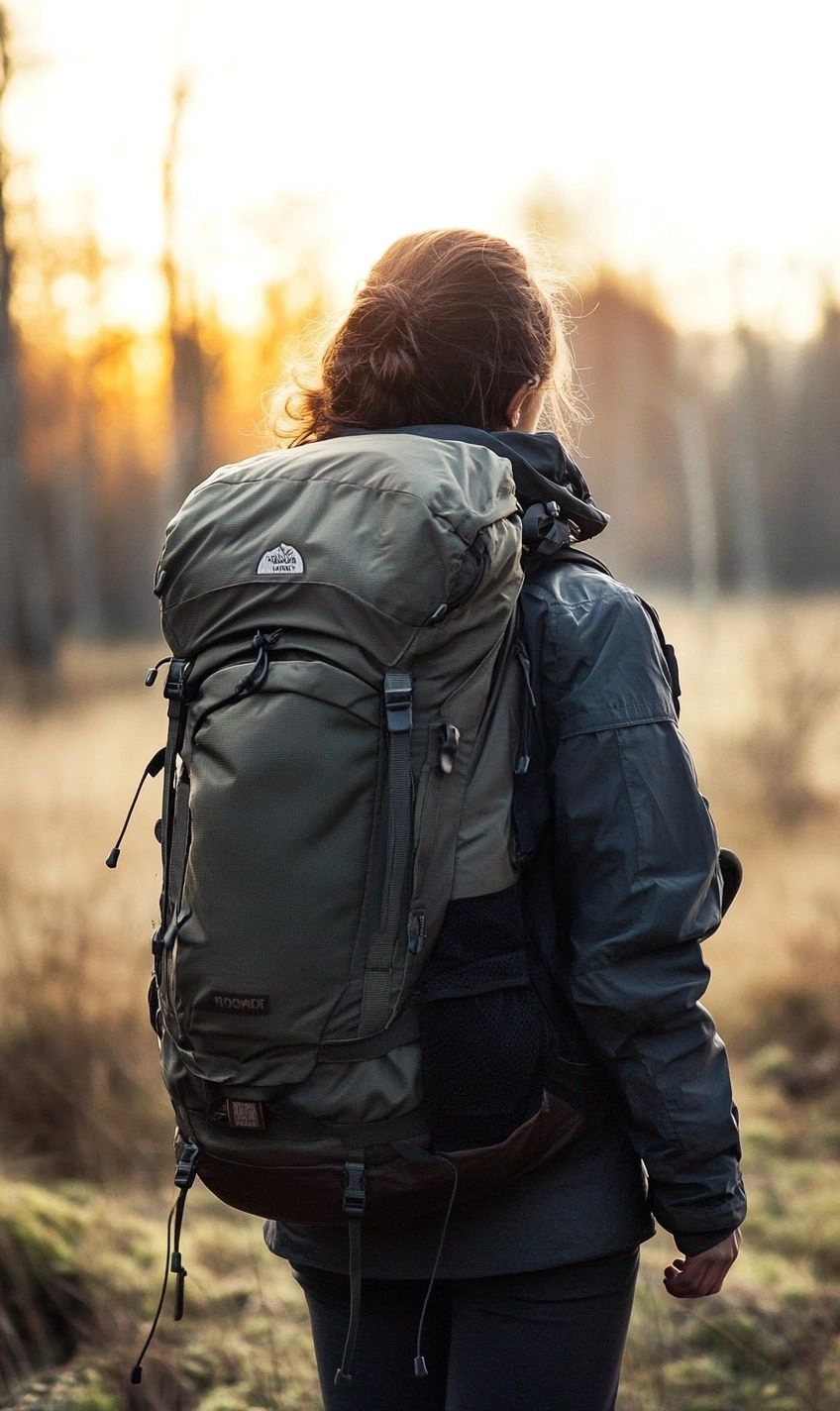
Factors to Consider When Choosing a Backpack Size
When gearing up for your next camping adventure, one of the most crucial decisions you’ll make is selecting the right backpack size. The backpack you choose can make or break your outdoor experience, so it’s essential to get it right. Here are some key factors to consider:
Activity Type and Duration
Consider the length and type of your outdoor activities. A smaller pack will do for a day hike, while a larger capacity will be required for a multi-day trek.
Comfort and Fit
Ensure the backpack fit is comfortable and snug. A poorly fitting backpack can cause discomfort and pain, leading to a miserable trip.
Weight Distribution
Proper weight distribution is vital to prevent strain on your back and shoulders. Choose a backpack with adjustable straps and a waist belt for optimal comfort.
Storage Needs
Consider the gear and equipment you’ll be carrying. Opt for a backpack with enough compartments and storage solutions to organize your items.
Choosing the best backpack size involves finding a balance between capacity and comfort. A pack that fits well and meets your storage needs can make a difference on the trail.
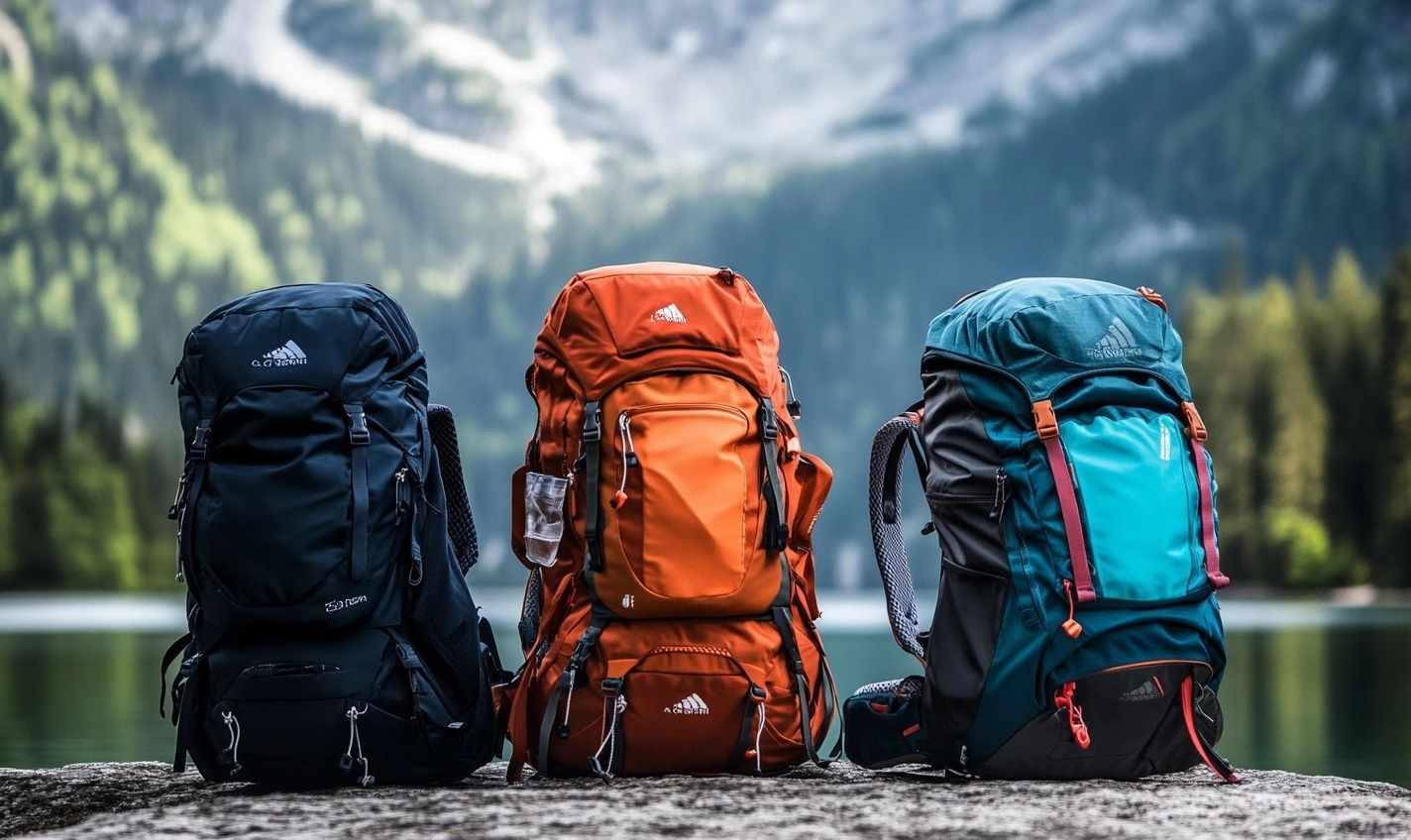
Importance of Proper Backpack Fit
One of the most critical aspects of camping gear and equipment is the proper fit of your backpack. Neglecting this essential detail can lead to discomfort, pain, and even injuries in the wilderness. Let’s explore why getting the right backpack size is crucial for an enjoyable camping experience.
Preventing Discomfort and Pain
Imagine carrying a backpack that constantly digs into your shoulders, causing excruciating pain with every step. A poorly fitting backpack can result in sore muscles, chafing, and even blisters, making your camping trip a nightmare rather than a pleasant adventure.
Efficient Weight Distribution
A properly fitted backpack allows weight distribution across your shoulders, back, and hips. This balanced distribution reduces strain on your body, making it easier to carry your gear for longer distances without fatigue.
Stability and Balance
Picture yourself navigating rugged terrain with an ill-fitting backpack that sways and throws off your balance. A well-fitted backpack hugs your body snugly, enhancing stability and ensuring you can move confidently through various outdoor environments.
Maximizing Comfort
Choosing the best backpack size according to your torso length and hip measurements can significantly enhance your comfort level. A properly fitting backpack feels like an extension of your body, allowing you to focus on enjoying the beauty of nature rather than constantly adjusting straps and readjusting weight distribution.
Boosting Confidence
Walking through the woods or up a mountain requires confidence in your gear. By selecting a backpack that fits like a glove, you can embark on your camping adventures with the confidence that your equipment will support you every step.
Enhancing Safety
Lastly, a well-fitted backpack plays a crucial role in your safety outdoors. In case of unexpected weather changes or emergencies, having a bag that fits correctly ensures you can move swiftly and efficiently without discomfort or an unsteady load.
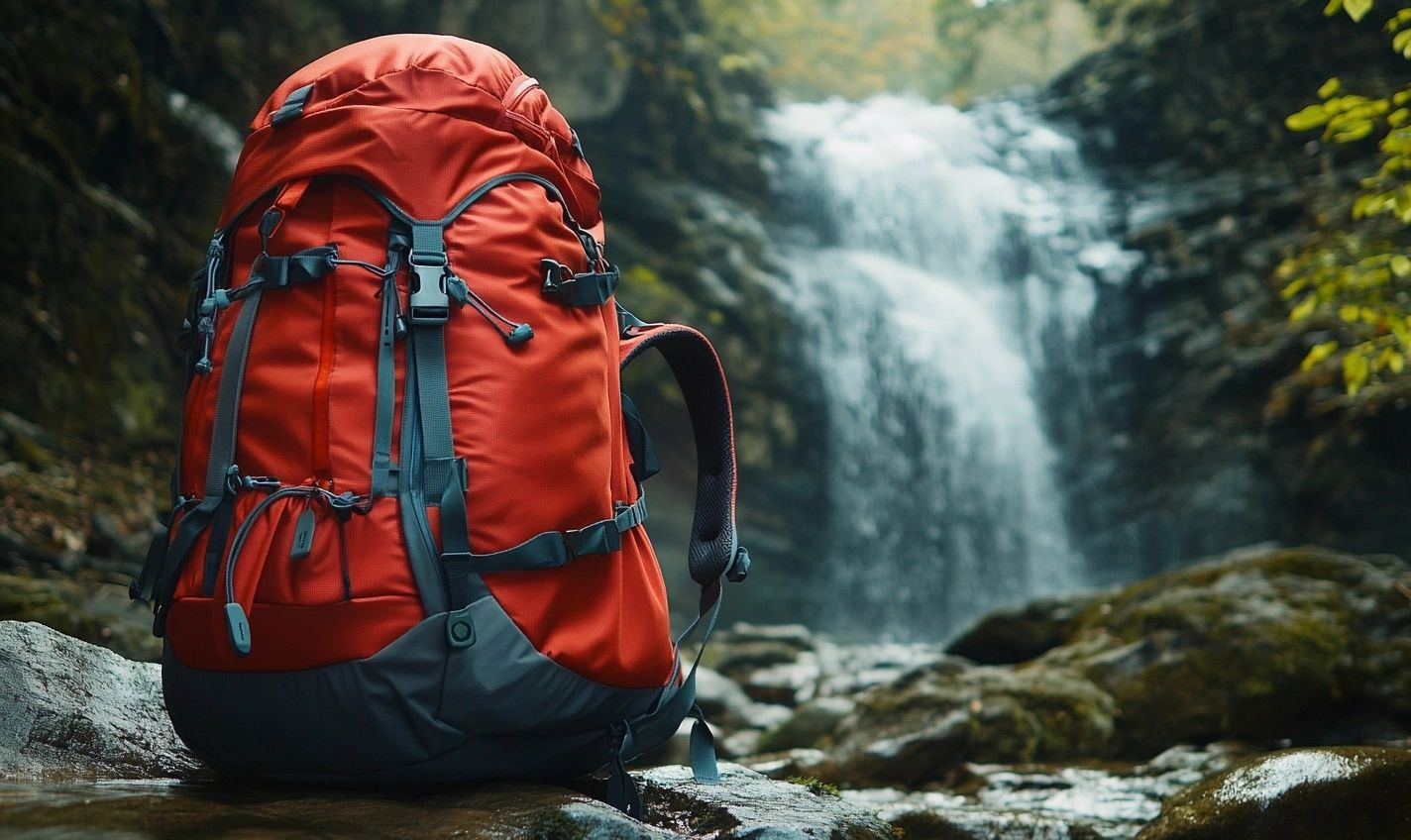
How to Measure Your Torso Length for Backpack Sizing
Choosing the correct backpack size is crucial for a comfortable and enjoyable camping experience. One of the critical aspects of getting the right fit is determining your torso length. Here’s a step-by-step guide to help you measure your torso length accurately:
Gather Your Tools:
- Soft measuring tape
- Mirror (optional but helpful)
Steps to Measure Your Torso Length:
- Stand up straight with your head facing forward.
- Locate the bump at the base of your neck – this is the top of your torso.
- Place your hands on your hip bones – the bottom of your torso.
- Measure the distance between these two points along the natural curve of your spine.
Remember, your torso length is not the same as your height, so it’s essential to measure it accurately for the best backpack fit. Once you have this measurement, you can find the best backpack size.
Why Does Torso Length Matter?
Choosing a backpack that matches your torso length ensures the weight is distributed correctly on your back. A backpack that is too long or too short can lead to discomfort, strain, and even injury during your camping adventures.
Just like wearing shoes that are too small can pinch your toes, or ones that are too big can cause blisters, having a backpack that doesn’t fit your torso length can lead to aches and pains.
Common Mistakes to Avoid:
- Guessing your torso length without measuring.
- Assuming your clothing size correlates with your torso length.
- Overlooking the importance of proper fit for long-term comfort.
By measuring your torso length accurately, you can ensure that you select a backpack that fits like a glove and enhances your camping experience.
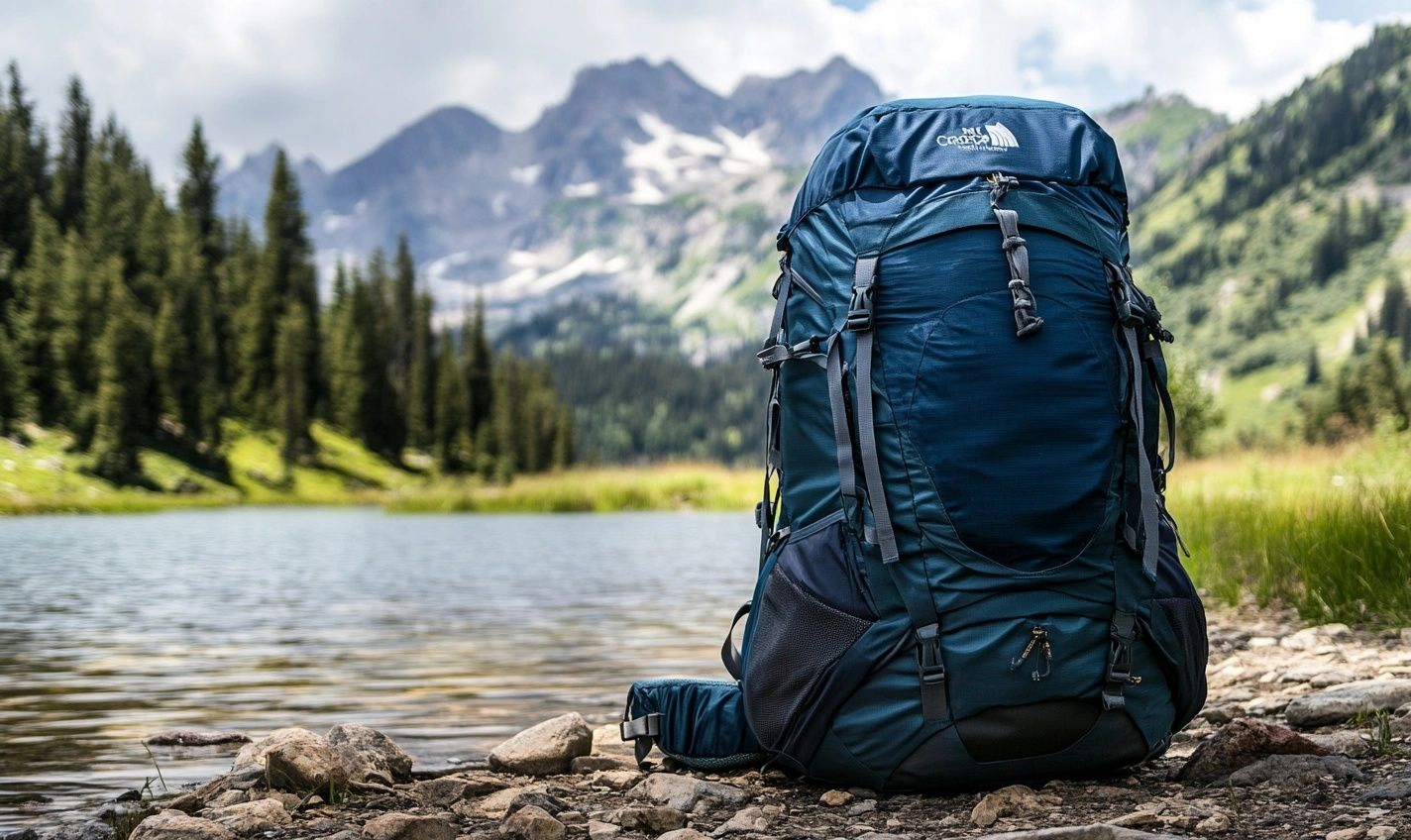
Choosing the Best Backpack Size for Your Needs
Finding a backpack size that fits your needs is crucial when selecting the best backpack for your camping adventures. A backpack fit is essential for ensuring a successful and enjoyable trip, so let’s explore some key considerations when choosing the perfect size.
Understanding Backpack Sizing
Before embarking on your backpacking journey, it’s vital to understand that not all backpacks are created equal. They come in various sizes to accommodate different torso lengths and volumes for your gear.
Factors to Consider When Choosing a Backpack Size
When determining the appropriate backpack size, consider the duration of your trip, the volume of gear you’ll need to carry, and your torso length. These factors will help you narrow down the options and find the perfect fit for your needs.
Importance of Proper Backpack Fit
A proper backpack fit ensures that the weight is evenly distributed, preventing strain and discomfort during your adventure. A well-fitted backpack can make a difference in your overall camping experience.
How to Measure Your Torso Length for Backpack Sizing
Measuring your torso length is crucial for finding the right backpack size. Follow these steps to measure your torso length and ensure a proper fit accurately:
- Stand up straight and tilt your head slightly forward.
- Have someone locate the bony bump at the base of your neck.
- Using a flexible tape measure, start at the bony bump and measure down along your spine to the top of your hip bones.
Tips for Trying On and Adjusting a Backpack
Adjust the shoulder straps, hip belt, and load lifters when trying on a backpack to achieve a comfortable and secure fit. Then, walk around with the loaded backpack to test its comfort and adjustability.
Common Mistakes to Avoid When Selecting a Backpack Size
Avoid common mistakes like choosing a backpack that is too large or small, neglecting to adjust the straps properly, or overlooking the importance of weight distribution. These mistakes can lead to discomfort and even injury during your outdoor adventures.
Remember, your backpack is like your travel companion, so finding the right backpack size and ensuring a proper fit is critical to a successful and enjoyable camping experience.
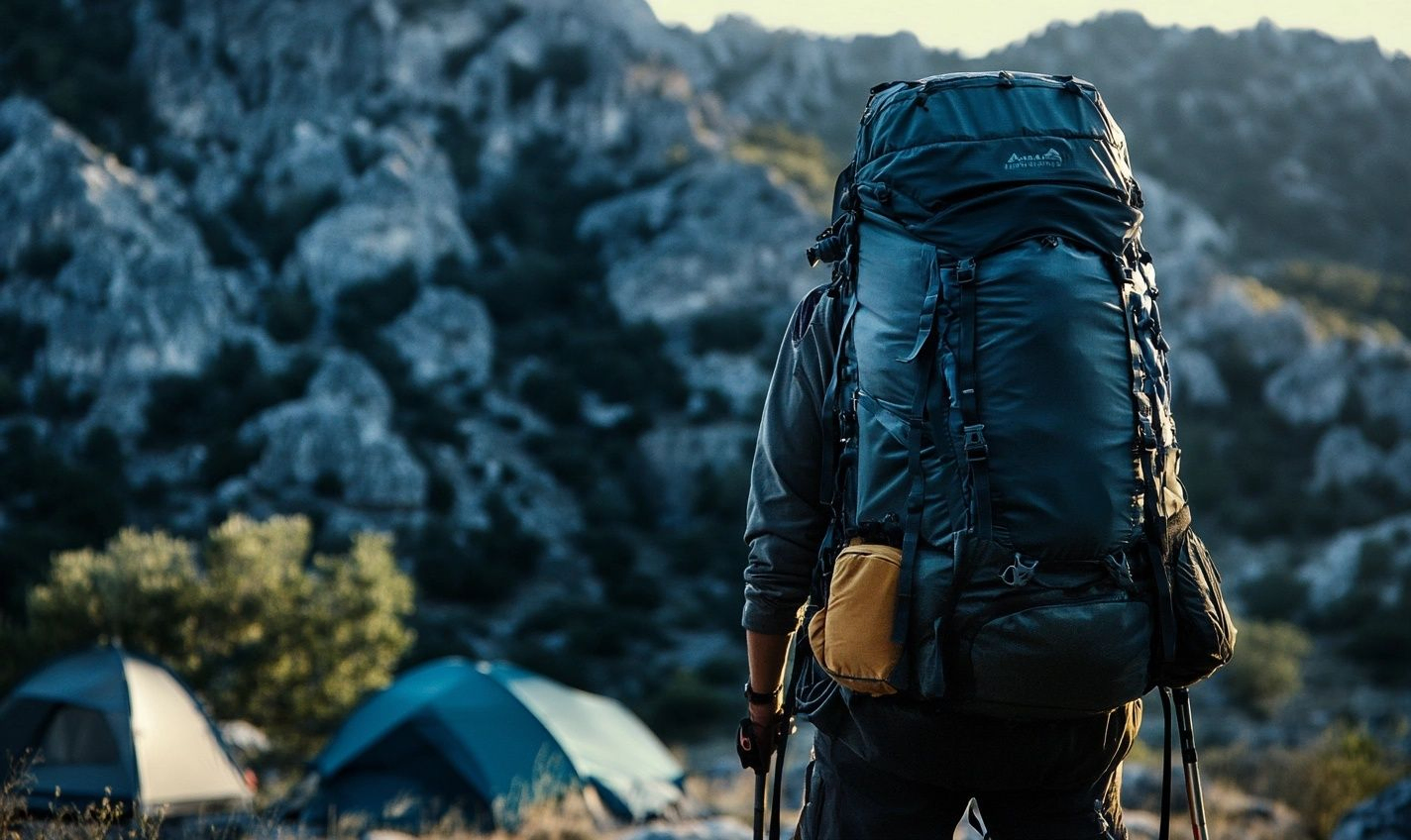
Tips for Trying On and Adjusting a Backpack
Choosing the right backpack size is essential for a comfortable camping experience, but ensuring the backpack fits appropriately is equally crucial. Here are some practical tips on how to try on and adjust a backpack for the best fit:
Load the Backpack
Fill it with weight before trying on the backpack to simulate a real hiking experience. This will help you assess how the backpack feels when fully loaded.
Strap Adjustment
Start by loosening all the straps, then put on the backpack and adjust the shoulder straps to ensure they are snug but not too tight. Next, adjust the sternum strap and hip belt accordingly.
Weight Distribution
Tighten the hip belt to ensure most of the weight sits on your hips. This will help prevent strain on your shoulders and keep you balanced on the trail.
Torso Length
Check that the backpack’s torso length matches your own. The backpack’s hip belt should rest comfortably on your hips, and the shoulder straps should not dig into your shoulders.
Walk Around
Take a short walk around the store or your home while wearing the backpack. Pay attention to any pressure points, rubbing, or discomfort, especially in the shoulder and hip areas.
Make Adjustments
Don’t hesitate to readjust the straps and belt until you find the perfect fit. Remember, a well-fitted backpack should feel snug and secure without limiting your movements.
Ultimately, the best backpack size is the one that fits comfortably and allows you to carry your gear without strain. Follow this backpack sizing guide for an enjoyable camping adventure!
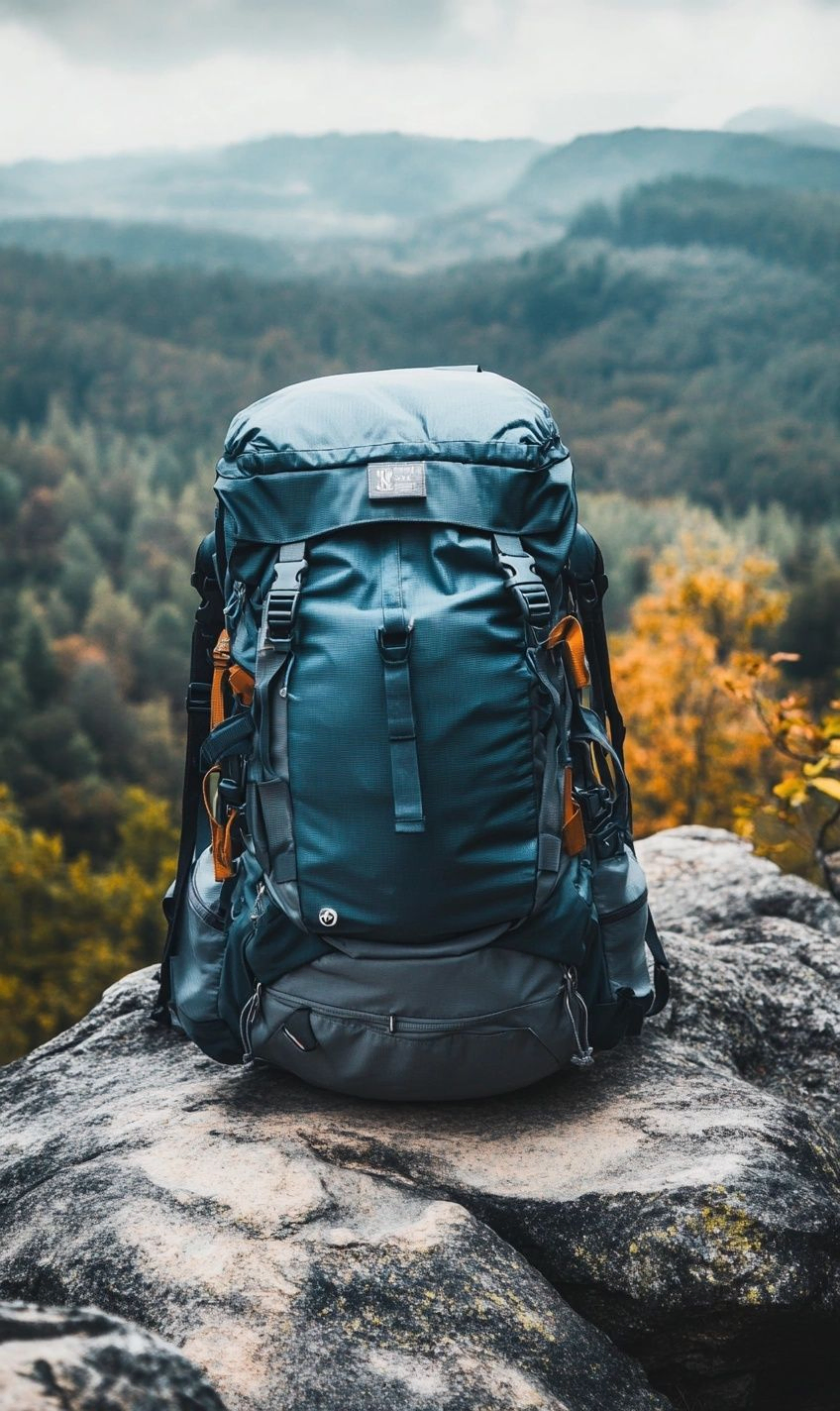
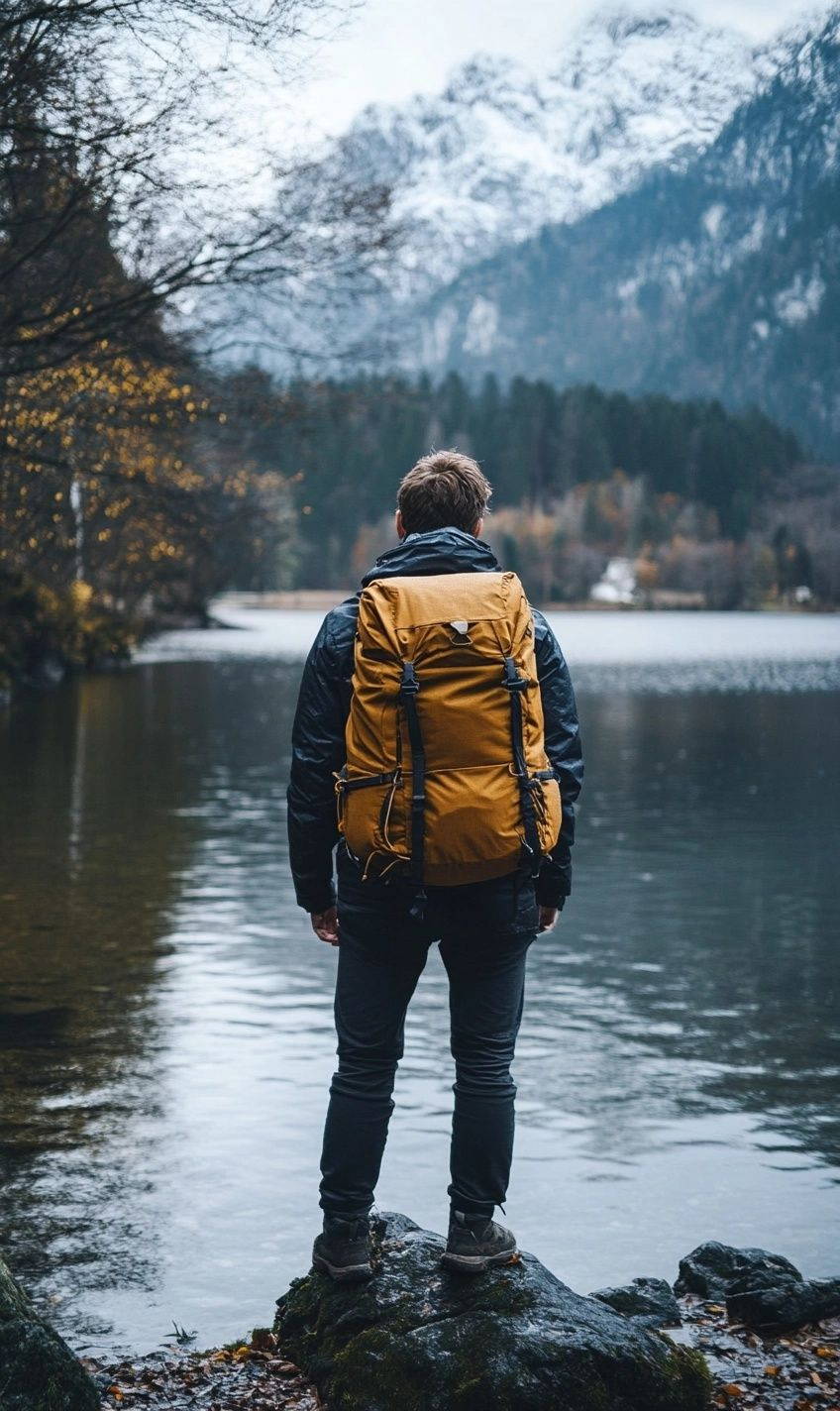
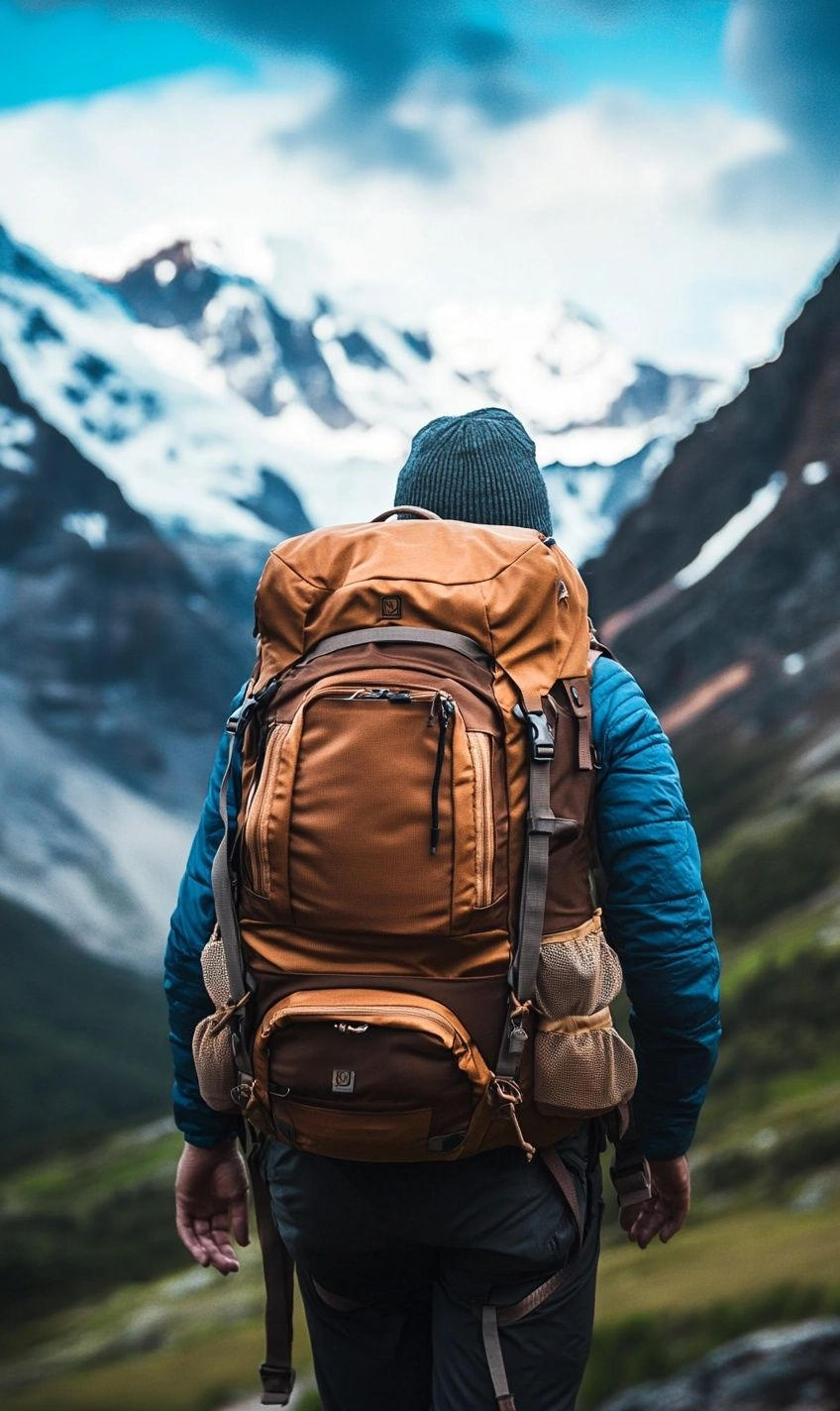
Common Mistakes to Avoid When Selecting a Backpack Size
Ignoring Your Torso Length
Not measuring your torso length can lead to a backpack that doesn’t fit properly.
Overlooking Adjustability Features
Choosing a backpack without adjustable straps and hip belts can limit comfort and fit.
Opting for the Wrong Volume Capacity
Getting a backpack that is too small for your gear or too large for your needs can affect balance and strain your body.
Many outdoor enthusiasts make several common mistakes when selecting the best backpack size. Understanding these pitfalls can help you avoid discomfort and enjoy your outdoor adventures.
An essential aspect to consider when choosing a backpack is ensuring it fits you perfectly. Optimal backpack fit can significantly affect your comfort level and overall experience while hiking, backpacking, or camping.
Here are some critical errors to steer clear of when selecting a backpack size:
Not Consulting a Backpack Sizing Guide
Many overlook the importance of referring to a backpack sizing guide, which can provide valuable information on finding the right fit based on your torso length and waist size.
Focusing Solely on Aesthetics
Choosing a backpack based on looks rather than functionality and fit can result in discomfort and back pain during long hikes.
Prioritizing Price Over Fit
Opting for a cheaper backpack that doesn’t suit your body type can lead to discomfort and potential injuries later on.
- Always measure your torso length before selecting a backpack.
- Ensure the backpack has adjustable features for a custom fit.
- Consider the volume capacity based on your gear and needs.
Remember that selecting the right backpack size is crucial for your outdoor adventures. Avoiding these common mistakes can ensure a comfortable and enjoyable trail experience.
Conclusion
The right backpack size is crucial for a comfortable and enjoyable camping experience. Following the sizing guide and considering the best backpack size for your needs, you can ensure your gear is organized and easily accessible on the trail.
Remember, the right backpack fit is not just about the size but also the features that meet your requirements. Pay attention to the capacity, weight distribution, and adjustable straps to find the perfect fit for your outdoor adventures.
Whether you are a weekend warrior or a seasoned backpacker, investing time in selecting the right backpack size will pay off in the long run. A well-fitted backpack can significantly improve your overall comfort and performance while on the go.
So, next time you are gearing up for a camping trip, take the time to correctly measure and evaluate the best backpack size for your needs. Your back, shoulders, and hips will thank you as you hit the trails with confidence and ease.
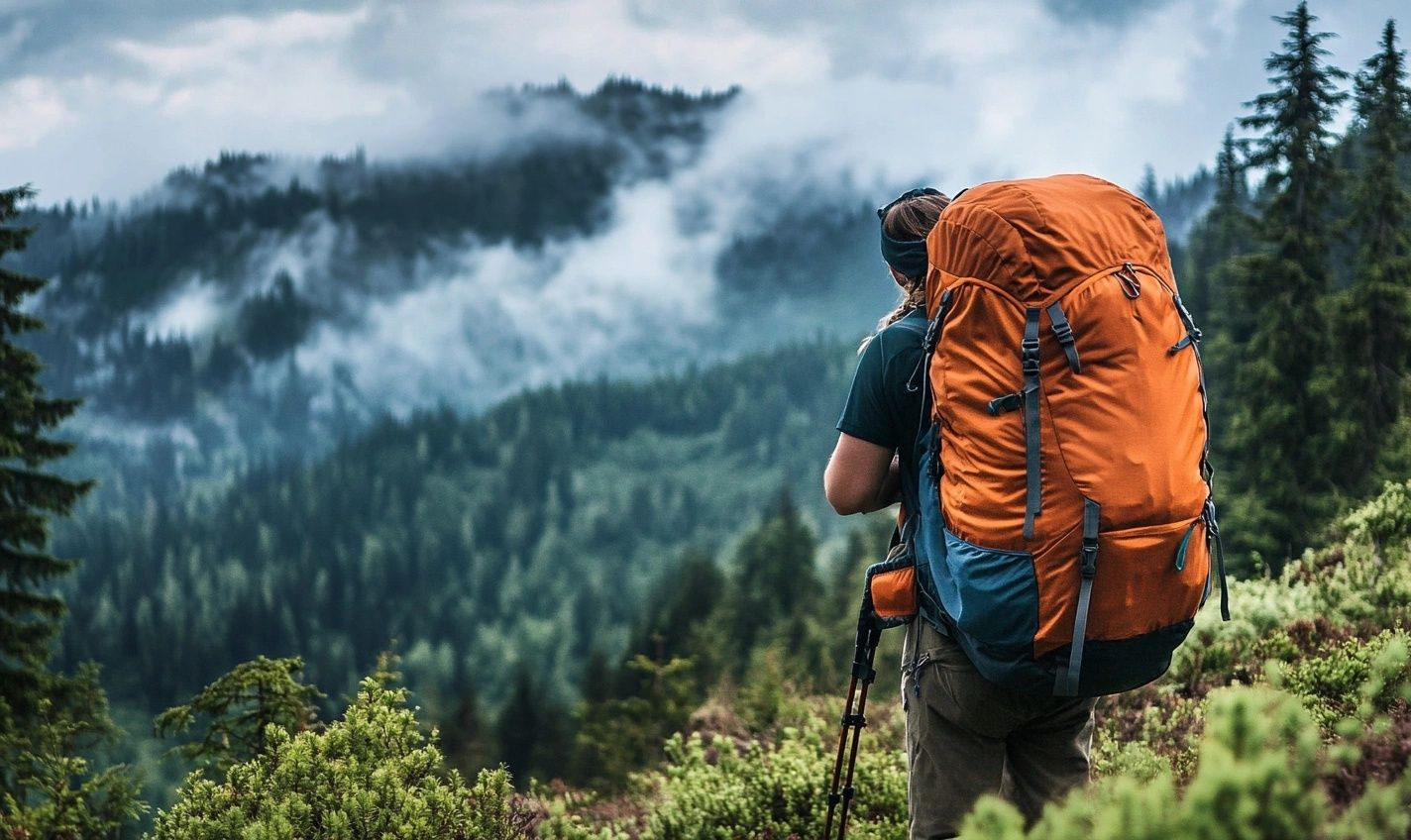
Frequently Asked Questions (FAQs)
Q: How do I choose the right backpack size?
A: To determine the best backpack size for you, consider your torso length, gear volume, and the type of trips you’ll be taking. For accurate measurements, refer to a backpack sizing guide.
Q: What is a backpack sizing guide, and why is it important?
A: A backpack sizing guide provides instructions on measuring your torso and choosing the best backpack size based on those measurements. It ensures a proper and comfortable fit for your adventures.
Q: How do I determine the best backpack size for a multi-day hiking trip?
A: For multi-day hikes, consider a backpack size that comfortably accommodates your gear, food, and clothing. Opt for a more giant backpack, typically over 50 liters.
Q: What are the consequences of choosing the wrong backpack size?
A: Selecting the wrong backpack size can lead to discomfort, back pain, strained shoulders, and an unpleasant hiking experience due to improper weight distribution.
Q: Can I adjust the fit of a backpack if I choose the wrong size?
A: While some backpacks offer adjustable straps and hip belts to customize the fit to some extent, it’s always best to start with the correct backpack size to ensure maximum comfort and support.
Q: How do I know if a backpack is the best size for me without trying it on?
A: To determine the best backpack size for you, refer to the manufacturer’s guidelines and sizing charts, measure your torso length accurately, and consider the type and duration of your outdoor activities.







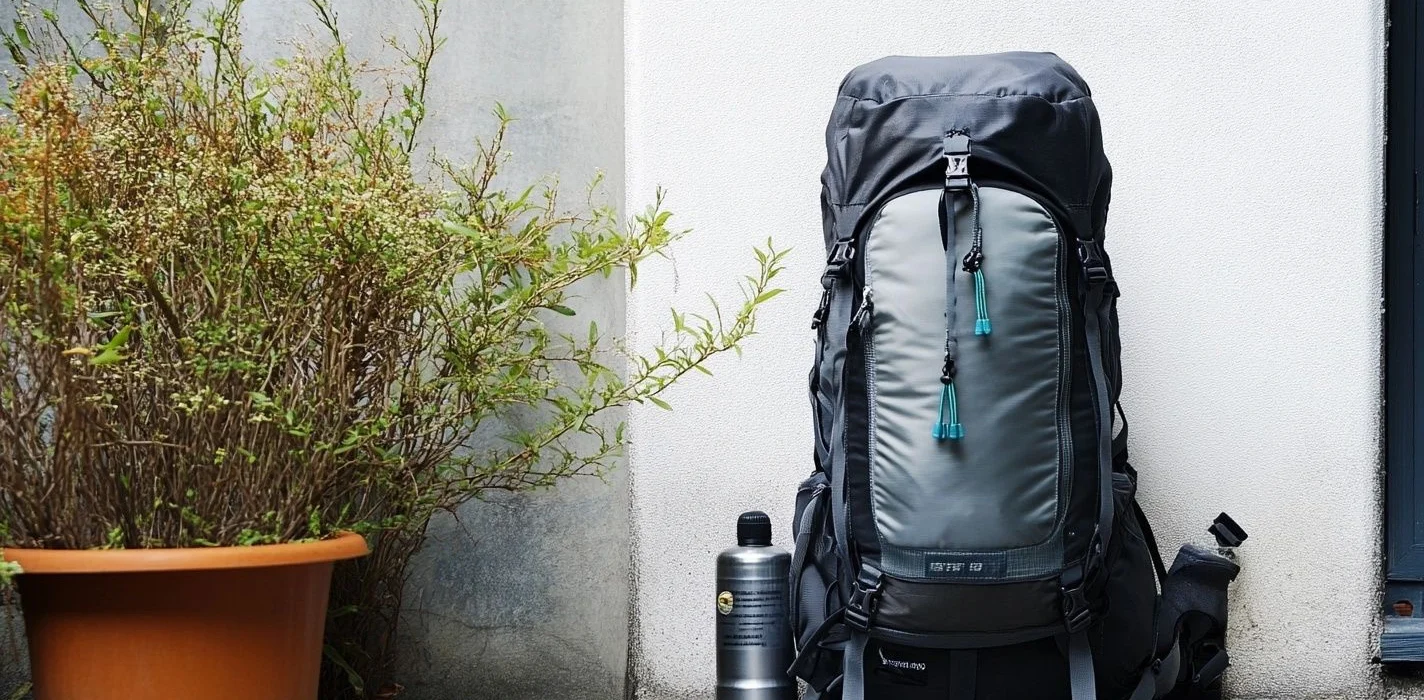
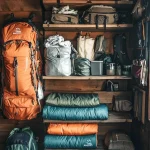
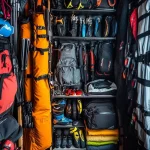
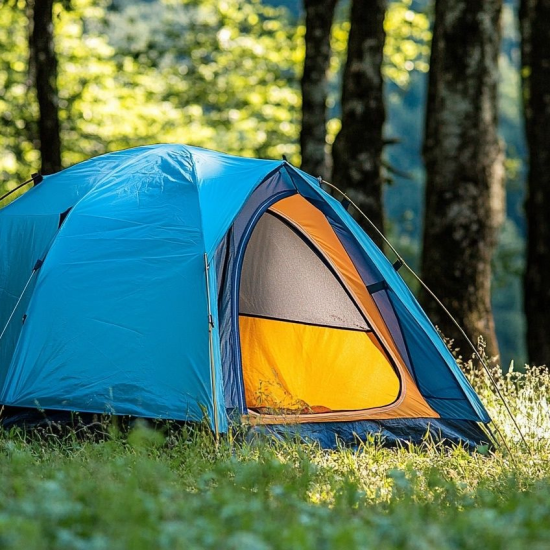
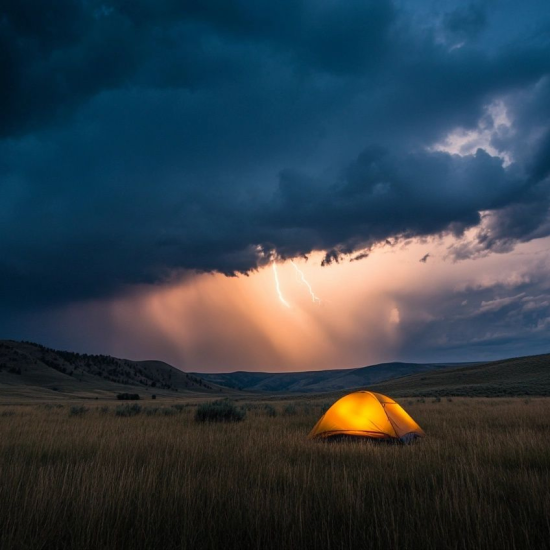
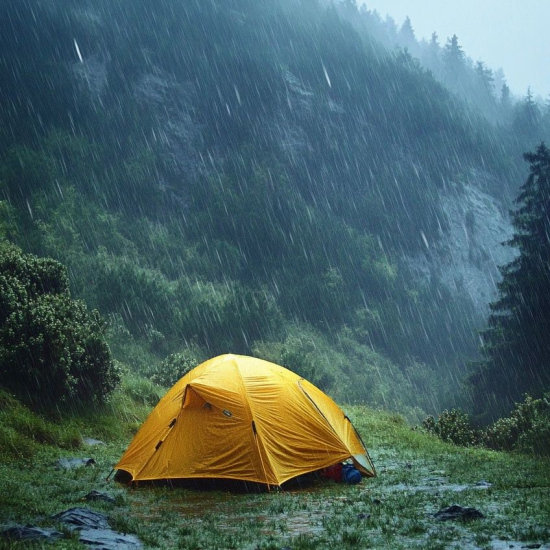
No Comment! Be the first one.